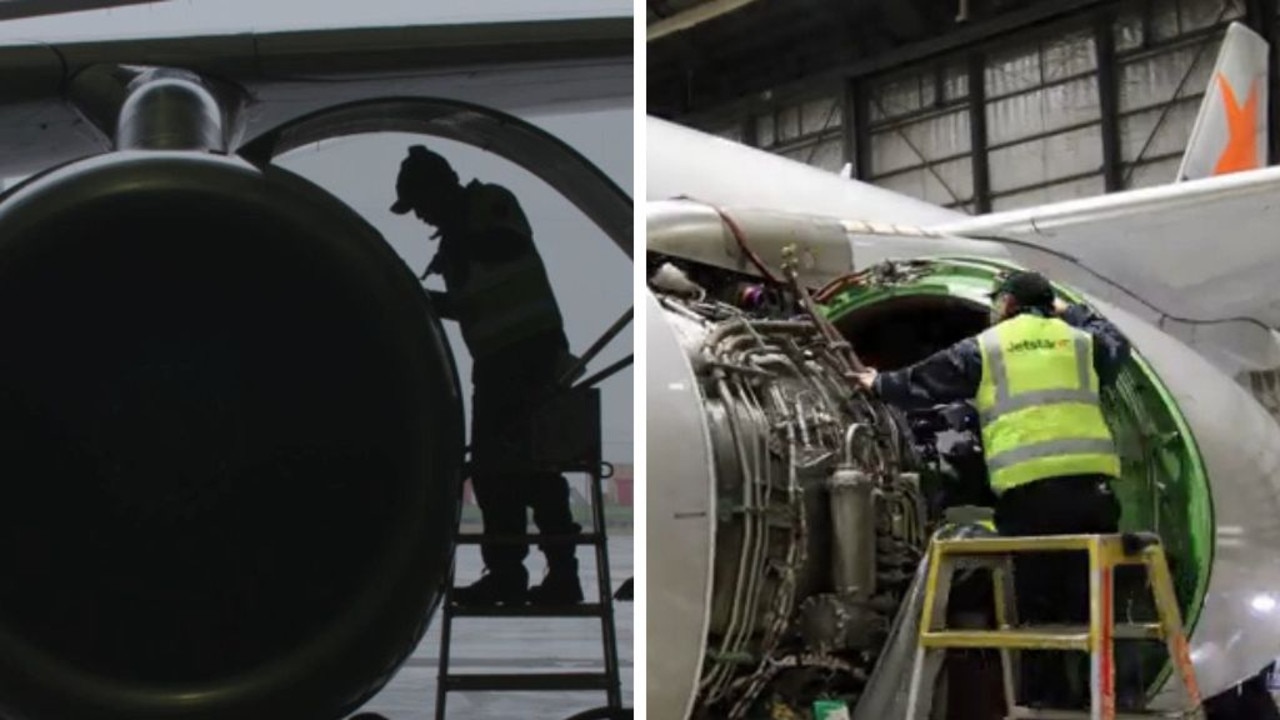Senate Inquiry told flight paths in Australia set without consideration to affected communities
A Senate inquiry has been told flight paths in Australia have been set without consultation to affected communities below, with some still living under unacceptable noise levels.
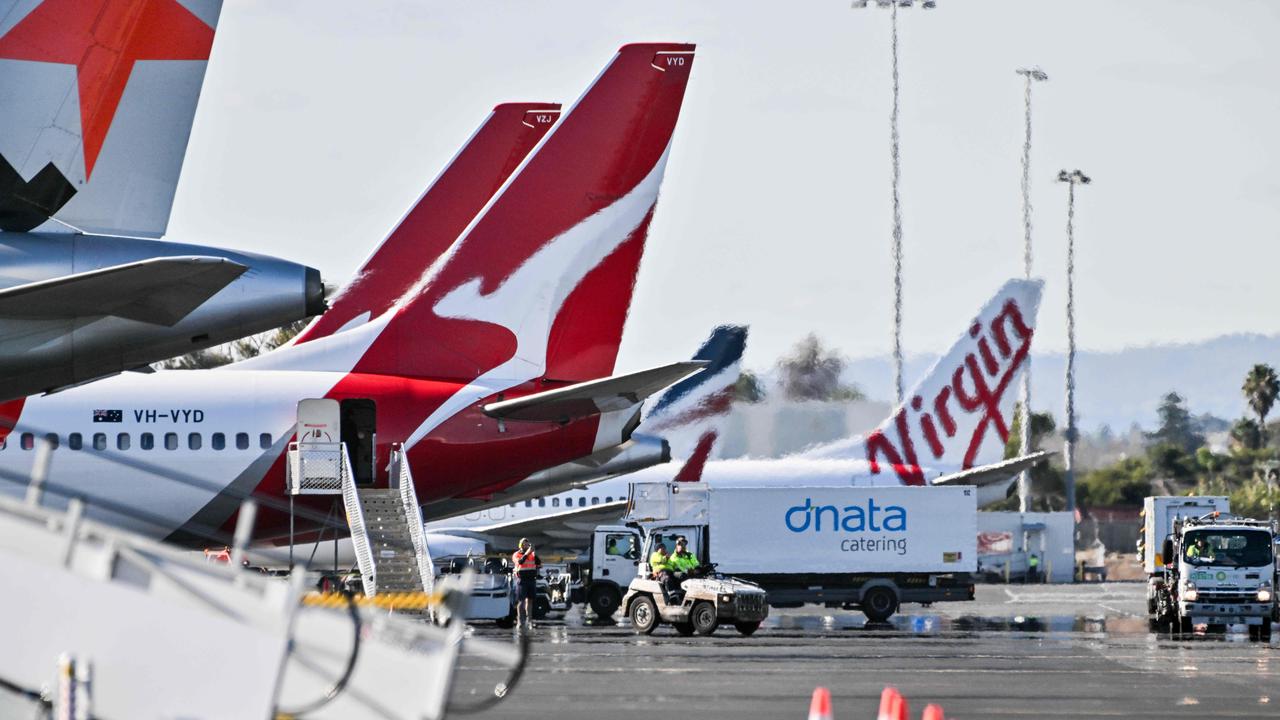
Flight paths in Australia have been designed without proper consultation with the communities that will be affected by aircraft noise, a senate inquiry has been told.
The Senate Standing Committee on Rural and Regional Affairs and Transport is investigating the impact and mitigation of aircraft noise in capital cities and regional towns across Australia.
The Aircraft Noise Ombudsman (ANO) Kieran Pehm gave evidence to the inquiry, being chaired by Senators Glenn Sterle and Matthew Canavan.
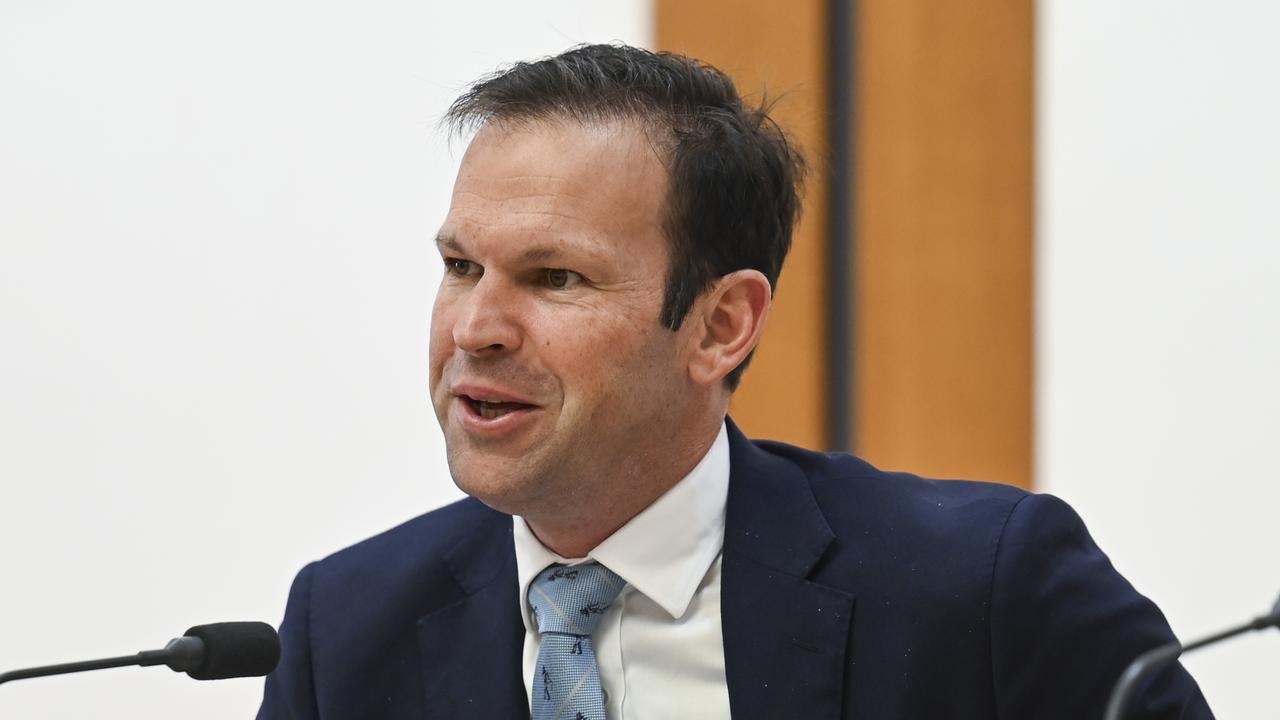
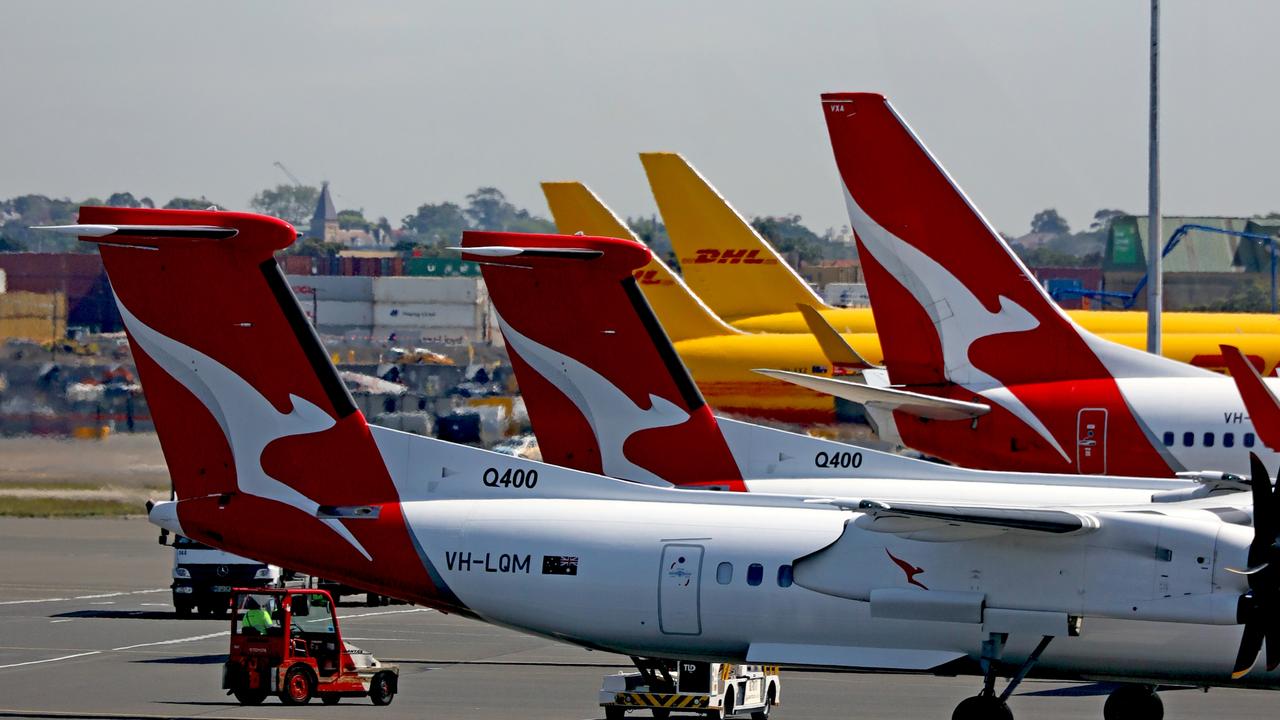
The ANO is responsible for reviewing Airservices Australia and the Australian Defence Force’s management of aircraft noise including its handling of complaints, community consultation and communication of information about aircraft noise.
Mr Pehm told the inquiry once flight paths had been set, complaints about them were largely futile.
“Community engagement has been tokenistic and minimal,” he said.
Airservices Australia is a government owned organisation that manages Australia’s skies and aviation emergency services at the nation’s busiest airports.
Their primary focus is to provide safe air travel in and on the ground and they are responsible for engaging with communities about new flight paths and aircraft noise.
Mr Pehm said in 2018, the ANO started receiving complaints about new flight paths in Hobart and found the community had not been consulted and only became aware of the flights once planes were in the sky.
“The lack of engagement about noise impact and new flight paths has left people angry, frustrated and betrayed,” he said.
“Airservices attempted to engage with the affected communities since then and were treated with suspicion and hostility.
“The damage has been done and the trust is gone.”
A proposal was put forward so flight paths in Hobart would avoid more populated areas but it was rejected by Airservices.
The ombudsman told the inquiry the reasons why it was rejected did not stack up so they stepped in and the issue has now been resolved so planes in Hobart fly over less populated areas.
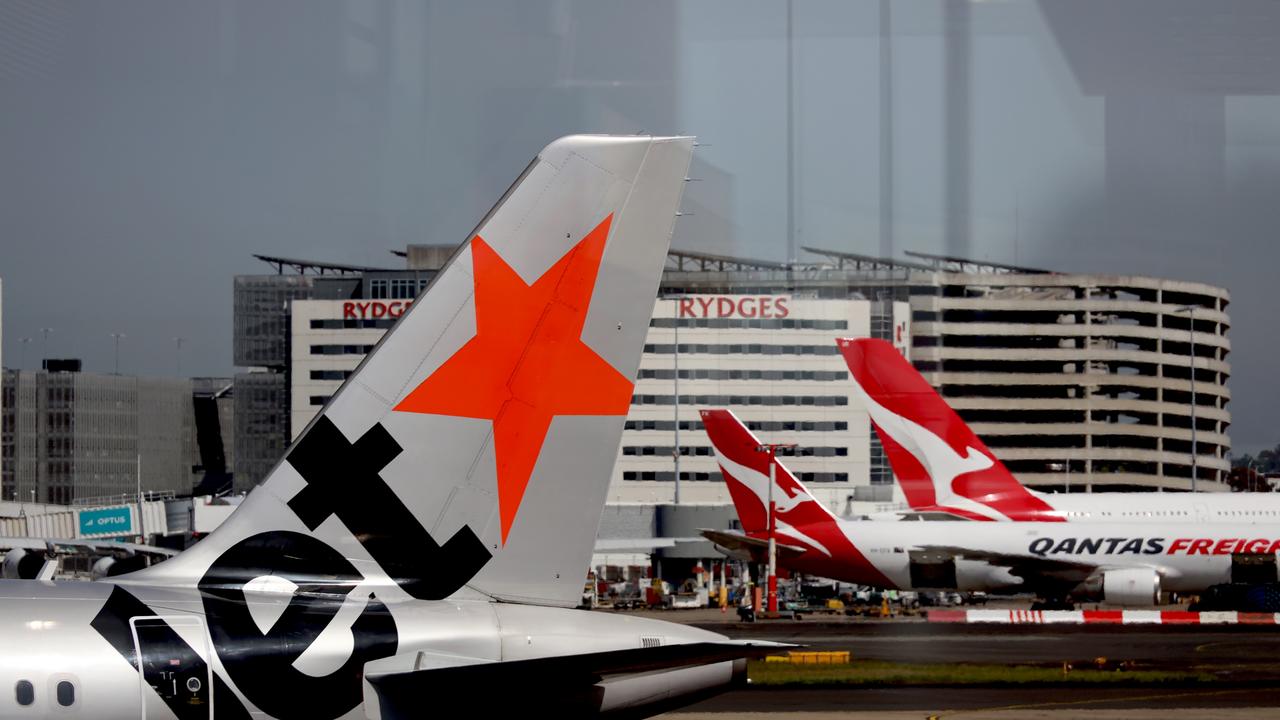
Mr Pehm told the inquiry most of the complaints they received related to new flight paths in Hobart, the Sunshine Coast and Brisbane, and that complaints about the Western Sydney Airport were minimal, with more people simply seeking information.
“Prior to Hobart, Airservices did minimal community engagement,” he said.
“They would notify the local MPs and the local councils.
“Now, Airservices community engagement has improved.”
He said the government could set up a scheme to buyback people’s homes in areas that were significantly affected by aircraft noise in future, similar to what took place at Sydney Airport.
He said there were a couple of existing airports that had some houses in areas with aircraft noise exposure levels of 30 but there were no proposals or suggestions that those people be compensated.
“Now the government could activate the same scheme on the same terms it had for Sydney,” he said.
“Those master development plans were just approved without the airport addressing anything past the plan.
“They did say, we have these houses above that in that level, but it was just silence and waved through.”
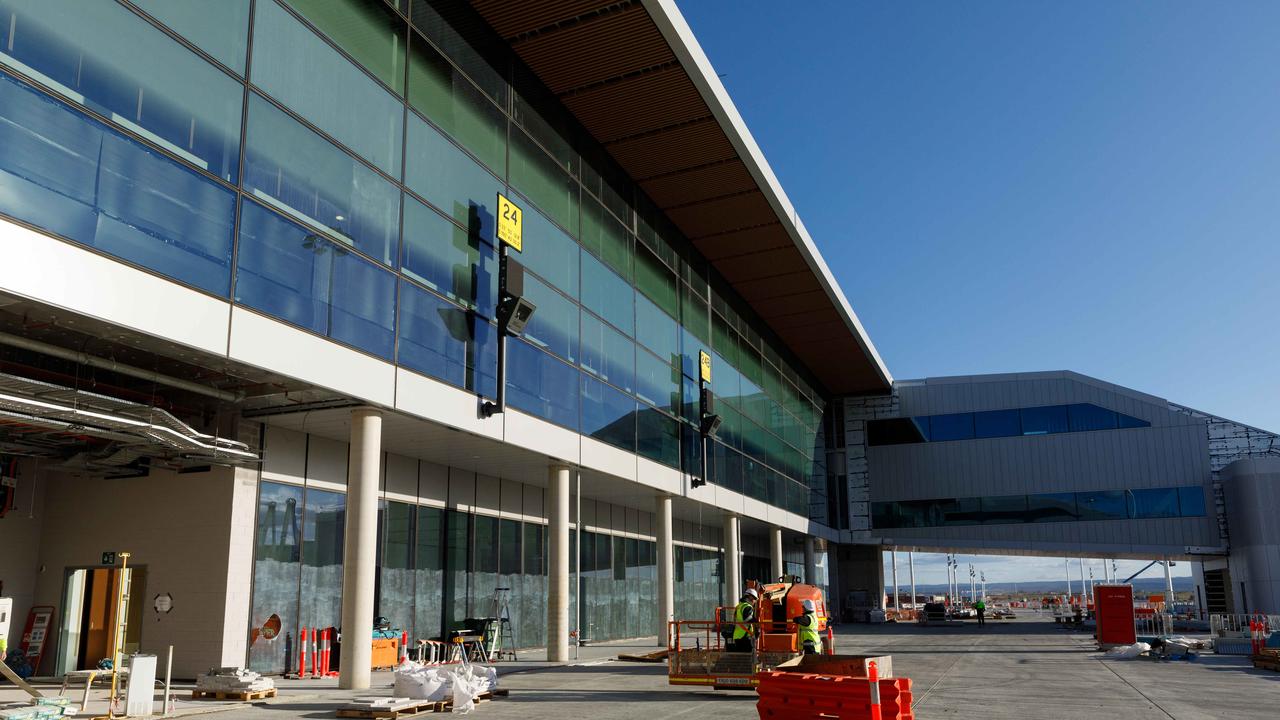
The senate inquiry also heard about issues associated with the Western Sydney Airport, which is still under construction and due to open in 2026.
The 24-hour international airport will be able to service about 10 million passengers each year once it starts operating.
Western Sydney Airport chief executive Simon Hickey told the committee they were closely involved in the community which had about three million residents.
Mr Hickey said it was important for them to understand the impacts the airport would have on the community in terms of jobs and noise issues.
He told the inquiry they had put things in place to mitigate noise on the ground and designed things intentionally to reduce noise.
The airport will have fast taxiways so aircraft will have a five minute taxi time, which Mr Hickey said would significantly reduce noise on the ground.
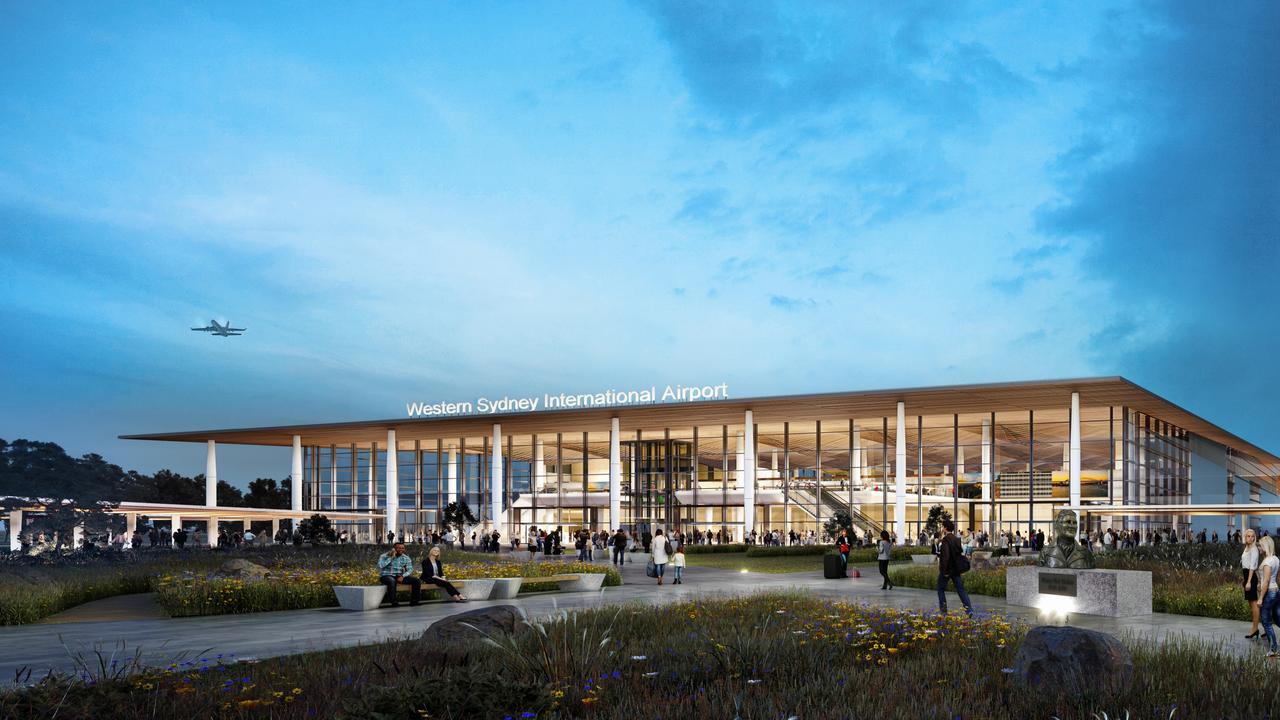
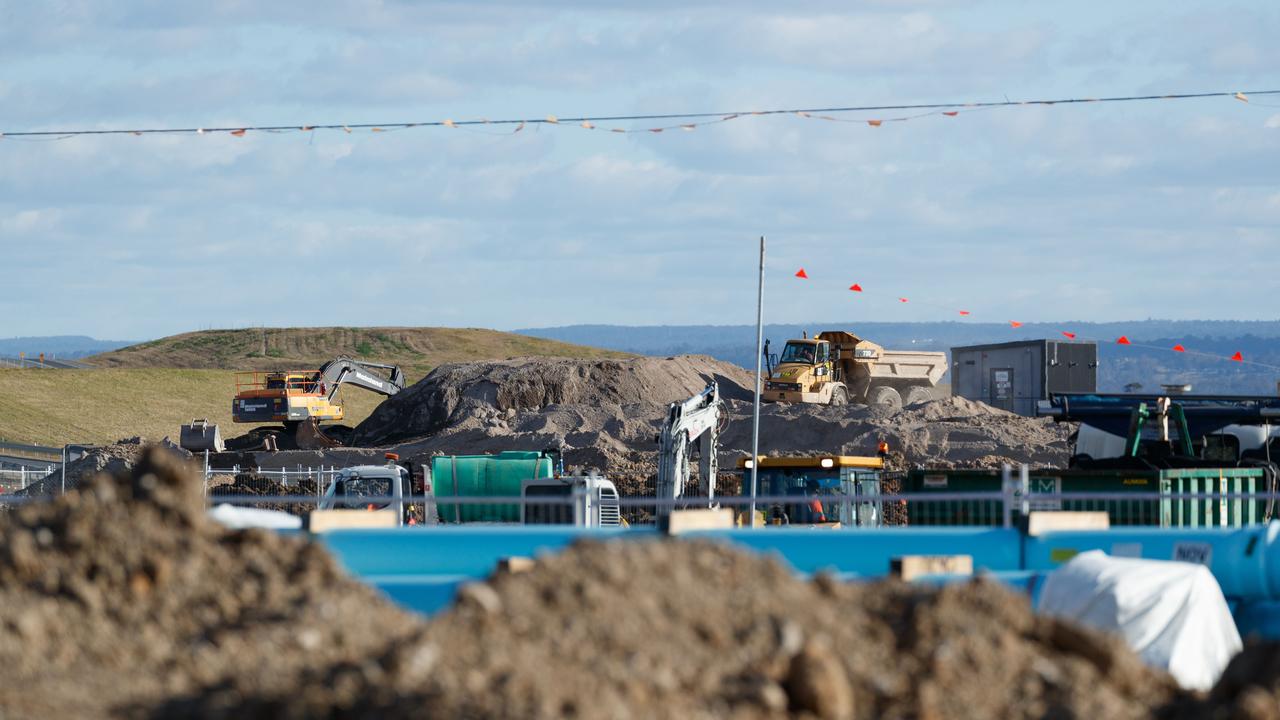
“We also have on both sides of the airfield an environmental zone, that gives a buffer to any residential area on one side, and have topography where there’s a hill on the other side.
“We left that hill there as we moved all the other hills around the airport to flatten the airfield.
“We’ll hold aircraft at the gate if there are any delays on the runway, and that is best practice in terms of reducing noise.
“We’ll also work with airlines to introduce single engine taxiing through the commercial negotiations.”
The inquiry was told flight paths were still being designed through the environment impact statement, which would be handed over to Airservices Australia once complete.
One thing that was being considered was having flights take off from the southwest area of the airport at night so most aircraft would fly over less densely populated areas.
“Of course, there is some impact in the communities around there,” the inquiry was told.
“But instead of going over highly populated areas, such as St Claire or Penrith, they will be more to the southwest in less populated areas.
“One thing to bear in mind is that the early part of the night is covered under one set of flight paths, what we call the day evening sets of flight pass.
“Then 11pm to 6am is covered under another set of flight paths.”

